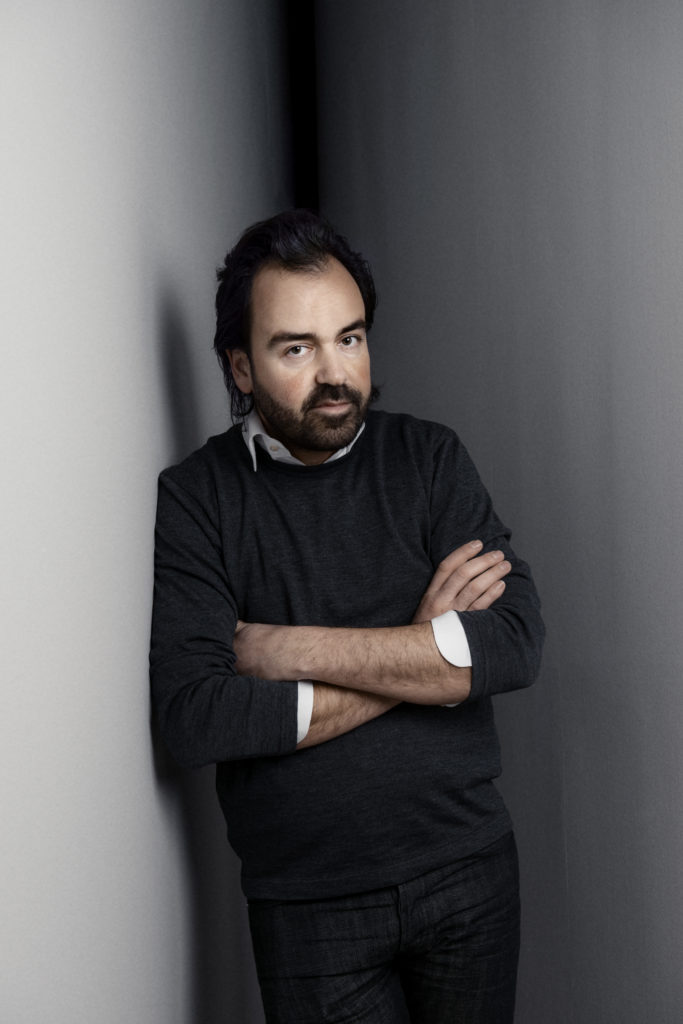Pride of Place: Photographer Iwan Baan and “Designing for People?”
Posted on April 8, 2022
Architecture photography—that is, photographs with the sole purpose of showing specific works of architecture—has evolved dramatically through time. FotoFocus discusses the past, present, and future of architectural photography with symposium panelist, Iwan Baan.
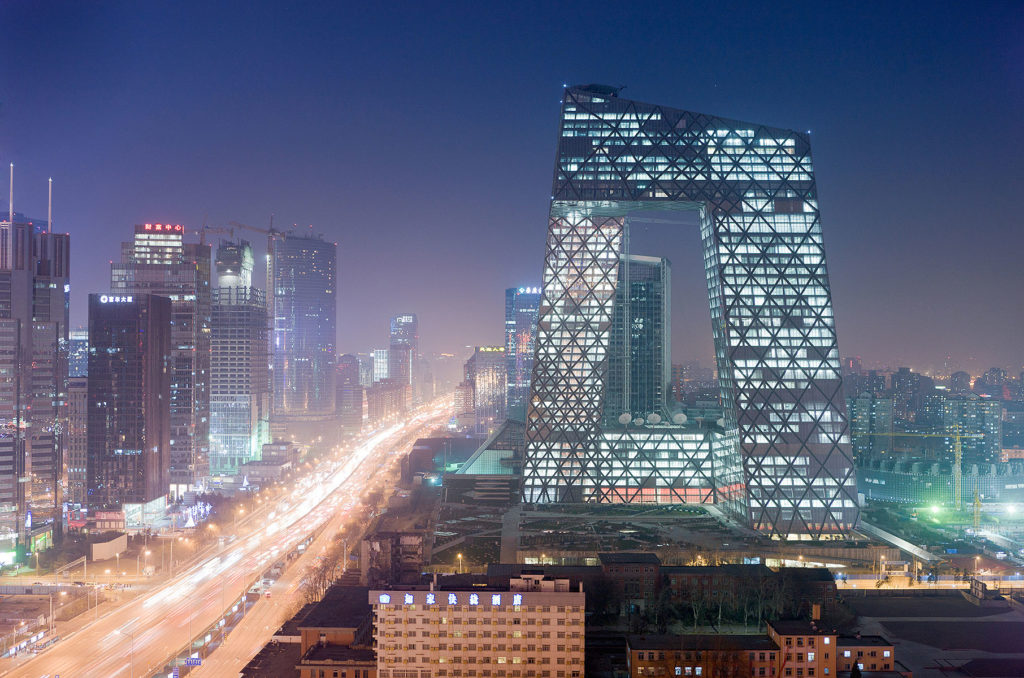
Architecture photography—that is, photographs with the sole purpose of showing specific works of architecture—has evolved dramatically through time. Once dominated by simple, out-of-context compositions, these photos now frequently include people living and interacting with the building in question.
As part of the FotoFocus Symposium: Telephotography, moderator David van der Leer brings together renowned experts to discuss their take on the field. FotoFocus reached one panelist, Dutch photographer Iwan Baan, by phone to discuss Baan’s past, present, and future with architectural photography (the interview has been edited for clarity):
FotoFocus: Your biography states that your work gives architecture “a sense of place and narrative within their environments.” What are some ways that you work to achieve this?
Iwan Baan: It’s a little bit both in my background in photography and the kind of stories I try to tell. I studied photography and worked for a number of years after I finished art school in a documentary field. I was always trying to tell a story of a place and people. A bit by accident I started working with architects in 2004/2005. It was a little bit unexpected, [but] from one day to the other I found myself surrounded by architects and I found it a completely fascinating world because I felt like I could tell my stories about places and people—and about how places are used and what makes a place unique. I felt I could tell that story visually through my photographs.
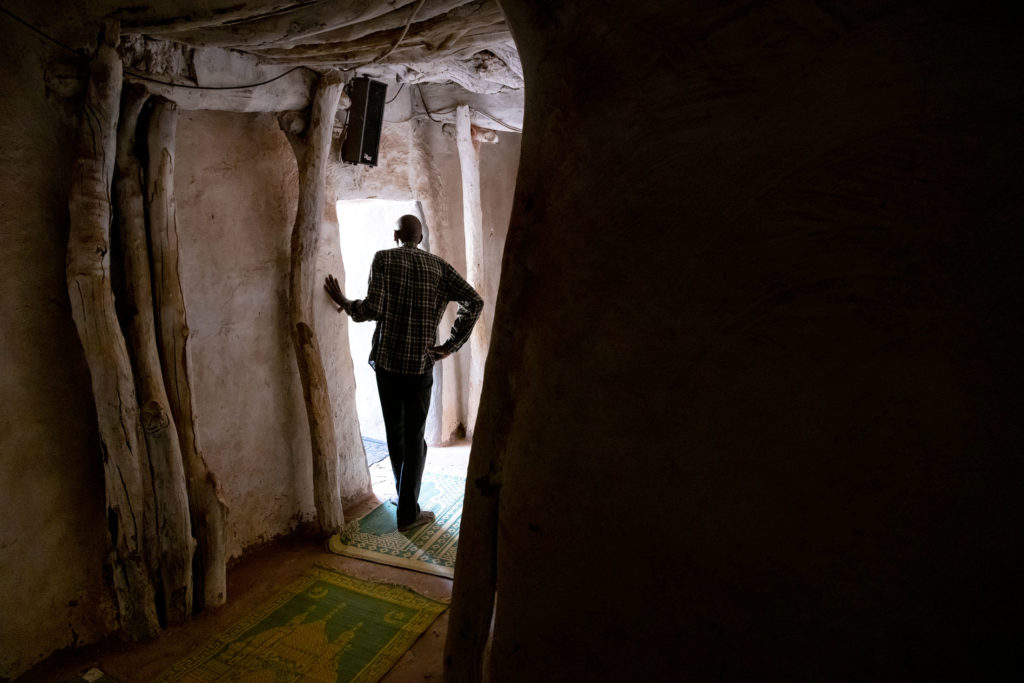
FF: And along the way, what did you learn about photographing buildings and other works of architecture?
IB: I saw that architecture was photographed completely devoid of people. It didn’t say much about the place. I felt like part of the storytelling of what makes it [a building] specific [to a] place. How do people take over a place, etc. I find these questions interesting and that’s what I’m trying to show with my photographs.
FF: How do you choose a subject for your photographic work?
IB: The kinds of architects I try to work with push new ways of using the space; people see work in a place. The kind of projects I take on, there should be something very specific. I should be able to tell that story, like why is this building here and not somewhere else? It’s not something generic that could be anywhere—the specificity of a place, of its use, of the context of the city around it and the kind of larger story. I always try to step away further and further from a building and tell how a city grew around it and its connection with the city and what makes the design so specific to a place.
FF: How does your work show the everyday lives of individuals in concert with architecture?
IB: The most interesting, new, contemporary cultural places, like a museum or a concert building, are the sort of “greater spaces” in the city which bring people together. I find it really fascinating to look at the other side of the spectrum and see how [architecture] really is built by places themselves, like informal cities in the global south, how people create very specific places based on materials and context. I feel like we can learn a lot from these kinds of places and how [they] have been developed.
Places maybe 30, 50, 80 years ago, which were very progressive at the time, [we] see how they evolved, how they’ve been taken over. It becomes a background of a city; people take the place for granted.
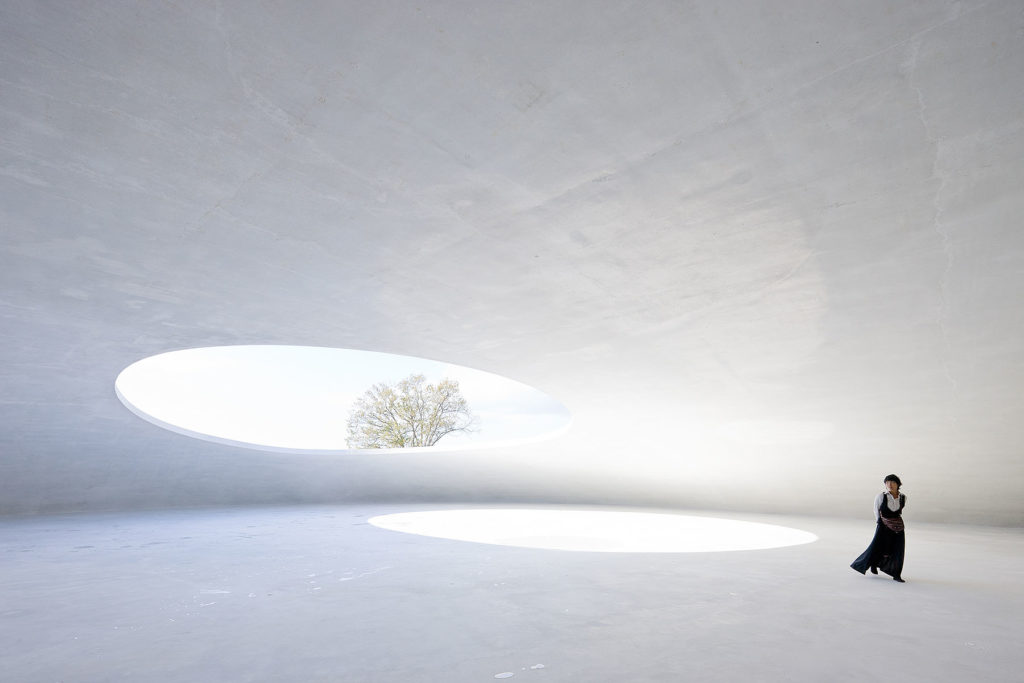
FF: Are there any specific architects that you hope to work with some day?
IB: I’m lucky that I already work with many great architects, I feel, at the moment in the world. One of the architects I’ve been working with for almost 15 years now is Francis Kéré. He’s an architect from Burkina Faso who grew up in a small village there. It’s fascinating to see someone who comes from a totally different complex into a western complex and tries to pull these different worlds together. It’s amazing to witness his development over these last years. He was just awarded the Pritzker Prize a few weeks ago and he’s the first black architect [to receive the prize].
FF: What has Amsterdam added to your perspective? How has growing up in that city/region molded (or changed) you as an artist?
IB: I think the sense of history, of a place, and of how a place developed over such a long time, I think that’s an important ingredient for architecture. Everything has these layers of time. I’m always trying to look for these idiosyncrasies of a place and how it’s part of a larger context.
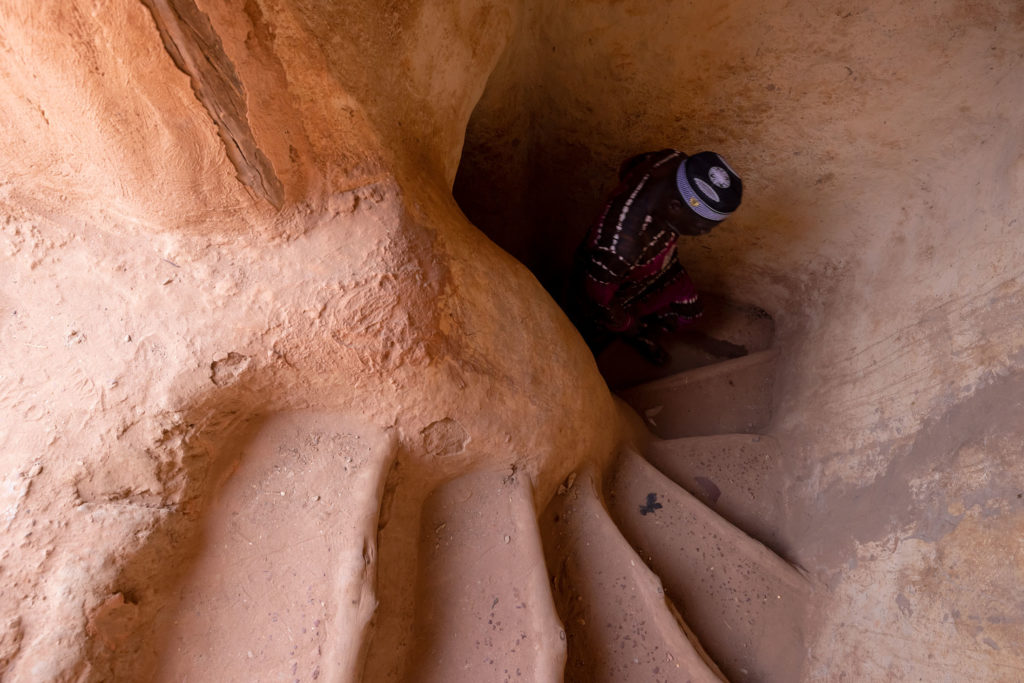
EVENT DETAILS
FotoFocus Symposium: Telephotography Panel
Designing for People?, April 9, 2:30pm
FotoFocus Symposium
April 9 at Memorial Hall, 1225 Elm Street
April 10 at The Garfield Theatre, 719 Race Street
Click here for the full symposium schedule.
Click here for biographies of the panelists.
